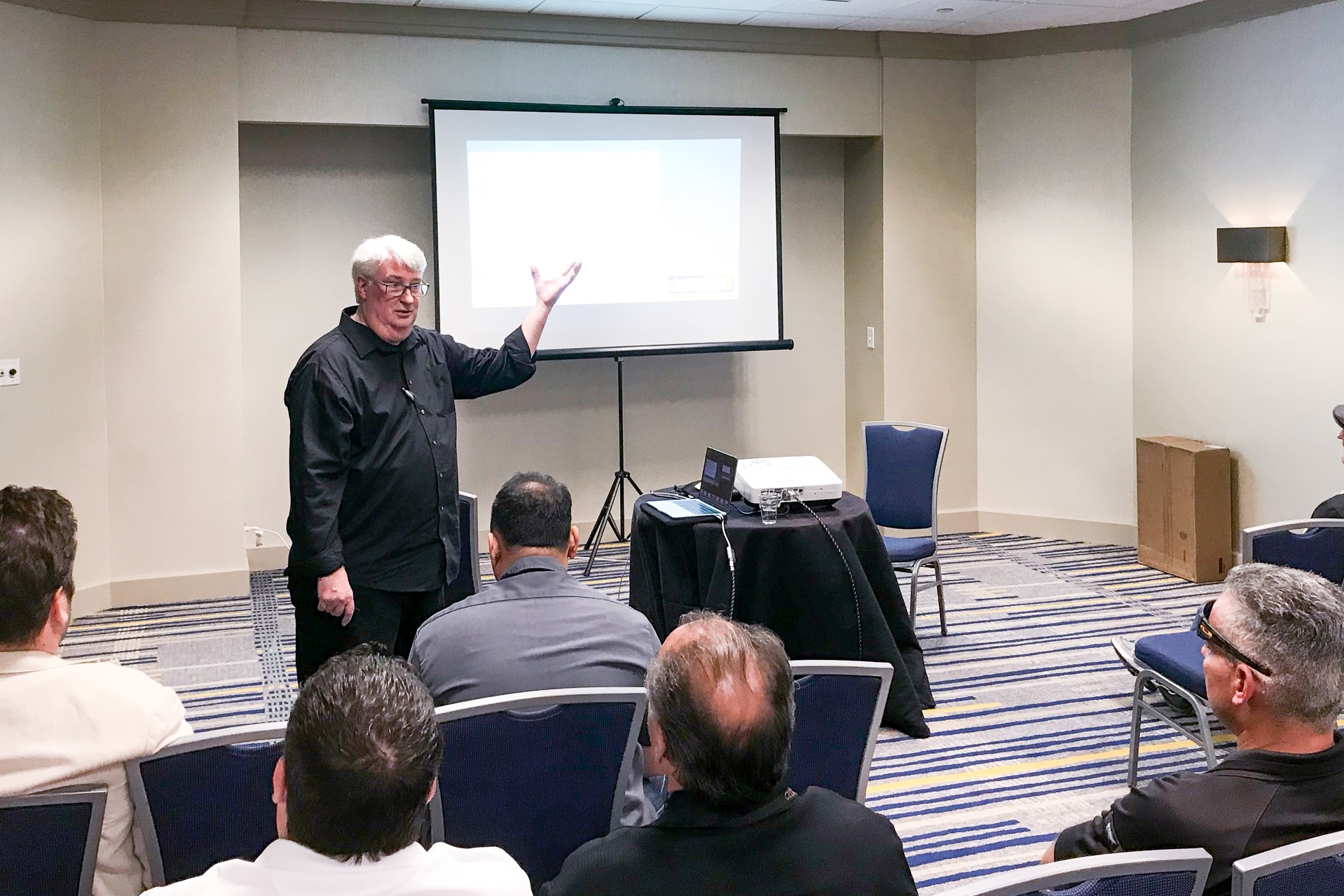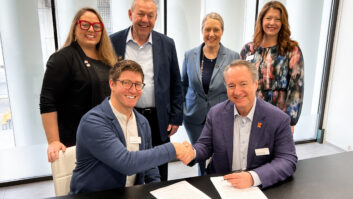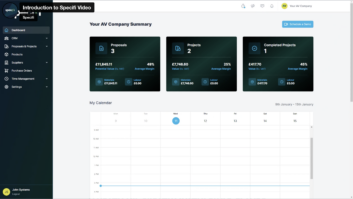CEDIA’s Tech Summits are local, education-oriented events, and feature some of the top manufacturers in the AV, control, and technology industries. They’re relatively intimate, which makes for a one-on-one, interactive environment where integrators, manufacturers, reps, and industry associates can build business for everyone.
The Tech Summits include some terrific business courses taught by longtime CEDIA volunteers. Here’s a look at two that were offered at recent Tech Summit in Irvine, CA.
Related: 2019 CEDIA Expo Preview
Job Costing Right
Susan Sipe has identified one of the biggest issues for integrators using Quickbooks: “The software is, out of the box, set up for retail applications, not contractors.”
Sipe, who’s part of multiple companies (including the one most relevant to this material, Salez Toolz [saleztoolz.com]), had 30-odd years in the custom integration business before turning her attention to other ventures. She’s developed a course that’s being presented at CEDIA Tech Summits and the 2019 Expo in Denver, “Job-Costing for Integrators Who Don’t Like Accounting (Namely, ALL Integrators).”
The fundamental problem: Quickbooks’ default settings are designed for a cash business; Sally works eight hours, sells two dozen t-shirts, hourly labor was fixed, cost to the retailer for the shirts was set — simple stuff. Figure out the sales tax, cost of the physical space, and so on, and you’ve arrived at a fairly simple profit-and-loss statement.
A trade such as systems integration has a vastly different set of circumstances. Deposits come in during February, gear is purchased in March — one monthly P&L shows a firm solidly in the black, the next, wildly in the red. By learning how to adjust one’s approach to Quickbooks, Sipe shows attendees how to get accurate statements that give an integrator a real picture of how and where they’re making (or losing) money during jobs that can span weeks or even years.
Tracking what everyone’s doing — down to how much wire they’re using — is one example. “We were doing $3 million a year,” Sipe says of her old firm in Seattle. “I audited our books, and we realized that change orders we hadn’t tracked properly had cost us $100,000.”
Sipe has learned how to adjust her approach to Quickbooks, and the philosophy she’s developed is pretty simple: “Learn how to apply the software to the business, and not the business to the software.”
Related: CEDIA Offers 125 Courses, 60 New at CEDIA Expo 2019
Are You Getting What You’re Worth?
Frank White — who’s probably forgotten more about custom installs than most of us have learned — has built a course called “Five Ways to Get What You Are Worth.” Its overriding mantra is best summed up in White’s own words: “Your hourly rate is not what people buy, they buy outcomes.”

The five principles White is laying out are:
- Always be “trial closing.” Yep, add a “T” to the “ABC” acronym that’s practically a sales cliché. The “trial close” is how you gauge customers through the process. Example: When an initial estimate is given, the follow-up question is the trial close: “Is that what you expected?” As White points out, a freakout (“18 grand? Are you kidding me?”) is better than, “We’ll get back to you.” The former is, at least, an engagement.
- Control your costs, both fixed and variable. To that end, says White, one needs to understand that things like rush-hour drive time chews up billable hours of labor. Once you’ve begun to figure this out, says White, “Gear the verticals of your CI project: What has the best margins? Then bias your business to those parts of the project.”
- Control your control tendencies. Integrators love their control systems — they’re slick, they carry an “Oh, wow!” factor, and they let a good integrator show off his closing skills. But, as White notes, it’s easy to get carried away with an aspect of the job that usually only accounts for 15 percent of the budget.
- Keep the proposal broad. Don’t make it granular. It’s not an engineering document. “I don’t like separating the labor and material costs of a job, either,” says White. “You’re just giving the client more ways they can ‘work’ you.”
- Raise your labor prices. This dovetails back into the second item on our list. You pay each technician for every moment they work. Ask yourself the question: How much is traceable to an actual invoice? “For most firms in the contracting world, that number’s 55 percent,” says White. “I’ve asked some really smart people in this business what the average is in custom integration, and the number they gave me? Around 32 percent. We can do much better.”
Interested in learning more? Check out cedia.net/techsummits for more info.







